INTRODUCTION
At Tetrad, we continuously test and develop our ranges to create furniture that's produced to the highest quality standards of specification. Our traditional hand-craftsmanship combined with premium materials and innovative techniques ensure a level of quality that is second to none. Designed to be loved, hand-built to last. Over the past 50 years, we have established a reputation for outstanding attention to detail, exquisite materials, and timeless designs. This Care Guide will help you to keep your Tetrad looking it's best for years to come.
What to expect from your new Tetrad furniture
Each Tetrad is lovingly handmade by our long-standing team of artisans, and carefully curated to suit your bespoke configuration. They say some things just get better with age, and your Tetrad is one of them! Over the first few months, your furniture will change slightly, 'bedding in' to its new environment, and the material will start to break in from first use. Every material is different, and therefore it is important to follow the correct care guidance set out in this document.
INTRODUCTION
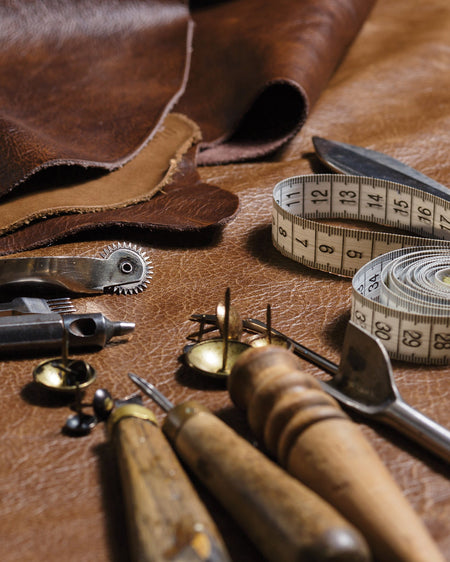
General Tips - Do's
Vacuum Regularly
Vacuum regularly with an upholstery nozzle - the one with a soft, fuzzy brush head that comes with your vacuum. These soft-bristled brushes help to correct the direction of the pile in the fabric which can move over time from being sat on. This will also help to gently lift dust and dirt that can collect in the fibres, folds and buttons. However, if you have feather seat cushions, stick to an upholstery brush to avoid the vacuum pulling feathers into the cushion fabric.
Plumping and Dressing
Regular dressing of your sofa should be carried out to ensure it remains in good condition. Tetrad seat and scatter cushions are filled to a level that emphasise the Tetrad look. These cushions need to be dressed daily to maintain and prolong their lifespan.
Dry Spills
Soak up spillages immediately working from the outside inwards. Do not allow the stain to set in. Absorb any spillages using a clean white cloth and then allow to dry naturally.
General Tips - Do's

General Tips - Don'ts
Avoid Direct Sunlight
It's always best to keep your sofa away from direct sunlight to avoid the risk of your fabric/leather fading. Prolonged exposure (e.g. in conservatories) can cause some fabric fibres to break down and become weak, damaging over time.
Avoid Fires and Radiators
Don't place your furniture close to open fires or radiators.
Avoid Washing Separately
Avoid cleaning different parts of your sofa separately as this may cause slight colour changes. We always recommend cleaning all items at once.
Avoid Cleaning Products
Saddle soap, cleaning solvents, furniture polish, oils, waxes, abrasive cleaners, stain removers and any silicone or ammonia-based products should never be used on your Tetrad furniture. Whilst scratch remover can be effective, always pre-test it in a less obvious spot, the back or under a cushion.
General Tips - Don'ts
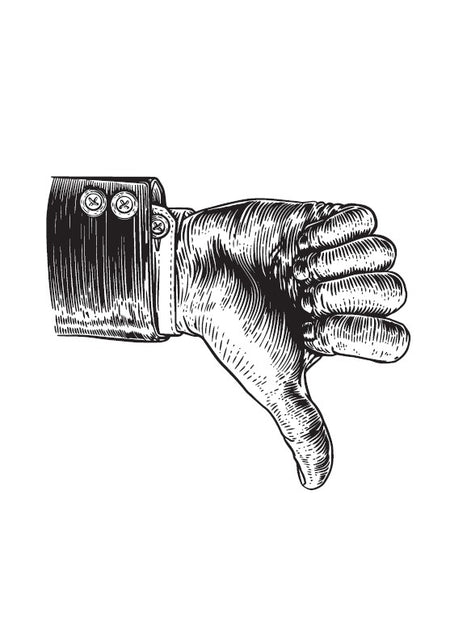
FABRIC CARE
Because of their texture, fabrics tend to harbor dust, especially within their horizontal surfaces. We recommend that you regularly vacuum using a soft upholstery nozzle or use a soft brush.
Certain fabrics with long, wide weaves, such as Harris Tweed, are vulnerable to snagging by sharp objects. As Harris Tweed is 100% wool and made up of many tiny fibres, from time-to-time pilling can occur (small bits of lint on the surface of the fabric where loose fibres have rubbed together). This is a characteristic of the material and not a manufacturing fault. The level of pilling will diminish with time and use, but can easily be remedied using a link shaver, simply remove the balls as they appear.
Fabrics with a pile such as velvet, chenille and velour may change appearance after use as they are prone to mark slightly under pressure as fibres move in different directions. By brushing the fabric regularly with a soft brush, it will help maintain the pile and keep it looking good for longer.
Velvets are prone to visual shade differences due to the pile being say in different directions, and depending on the light direction, velvets can look diffferent shades within the same piece of fabric. Every care is taken to ensure your velvet is cut from the same batch throughout your order for consistency, however, this cannot be guaranteed on subsequent orders.
FABRIC CARE
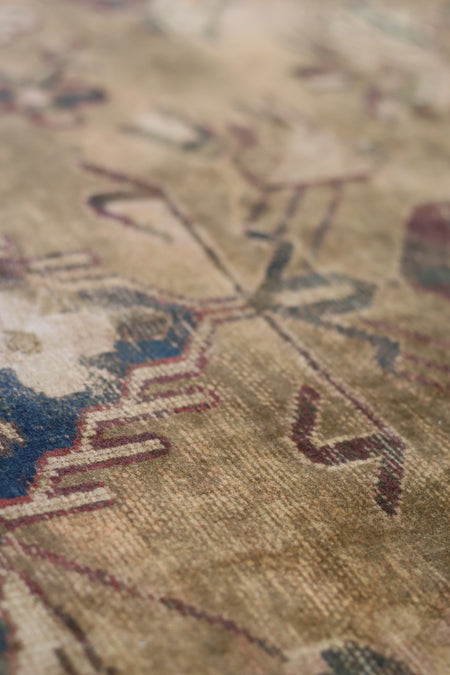
Washable Loose Covers
All our loose covers have had a pre-shrink treatment to eliminate the risk of shrinking when washed under our recommended guidelines. Our washable loose covers should be machine washed at 30C and avoid using washing powders / liquids / tabs / optical brighteners or fabric conditioners. Please remove all feather cushion and scatter cushion interiors before washing, and where possible, wash all covers all at the same time to avoid colour variances.
Hang evenly to air dry until slightly damp to touch. Re-cover your sofa whilst the covers are slightly damp to make it easier to refit as this allows for slightly more give in the fabric.
To refit, loosely throw the cover over the back and arms, ensuring it's evenly distributed. Starting with the arms, tuck them in individually and work across the sofa in one direction.
Once fitted, please allow the covers to air dry naturally. Nip, tuck, smooth and tighten into seams to reshape and dress the cover. When required, the fabric can be steamed, but always allow space between the steamer and the fabric to avoid it touching and burning the fabric. Our washable velvets can be ironed on s low heat setting on the reverse side only.
Washable Loose Covers
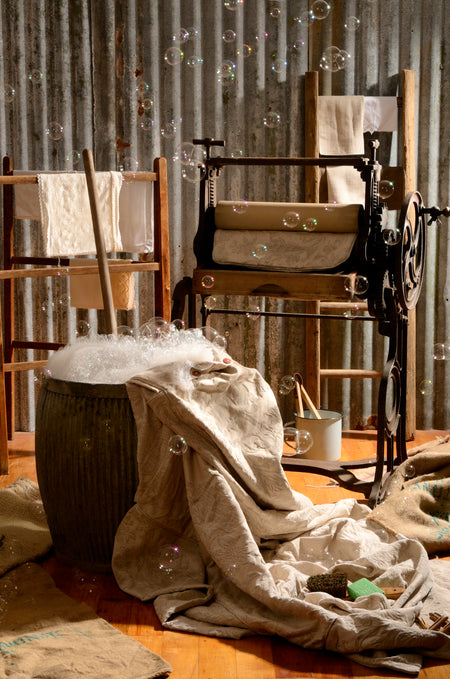
DRY CLEAN LOOSE COVERS
We recommend using professional dry-cleaning services only for these covers. To refit, loosly throw the cover over the back and arms ensuring it is evenly distributed. Starting with the arms, tuck them in individually and work across the sofa in one direction.
DRY CLEAN LOOSE COVERS
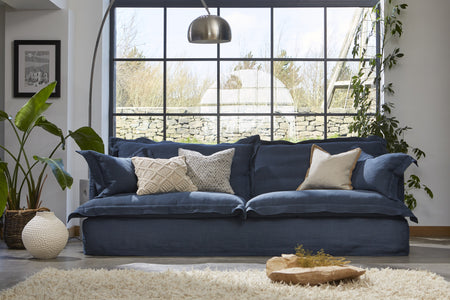
Introduction to Leathers
Leather is a natural byproduct and will often carry the individual character and markings from its past life. No two hides are the same; the shade, grain variation and natural markings are all unique to the hide which adds to its charm and beauty. These natural markings include characteristics such as creases, tick bites, veining, scars, tone and shade differences. If your piece contains these markings, they are not flaws, but natural characteristics of leather.
Your leather will stretch over time, relaxing with more give over time as your new piece of furniture settles in, this is completely normal and to be expected.
We use state-of-the-art scanners and cutters to ensure we match all hides as closely as possible. We guarantee to use the same batch throughout your order, however this cannot be guaranteed on subsequent orders.
Introduction to Leathers
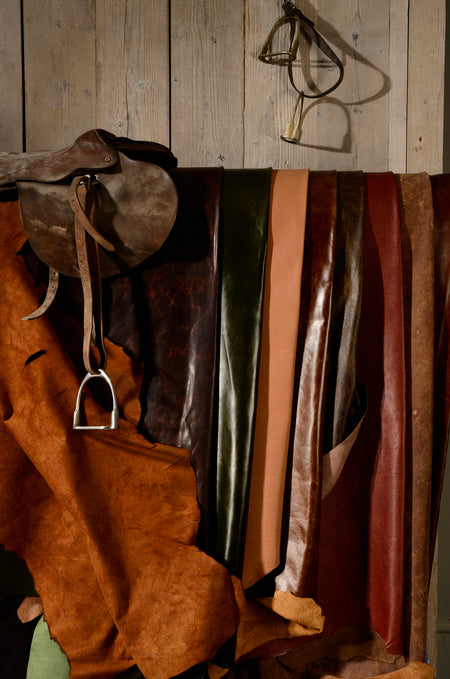
Leather Care
All Tetrad leathers include a light surface finish to help resist stains and scratches, but we recommend dusting weekly with a clean, soft cloth. You can remove small scratches by gently buffing the leather with a soft cloth or chamois, but remember to buff gently to avoid colour change. Please note that we do not recommend saddle soap, cleaning solvents, furniture polish, oils, waxes, abrasive cleaners, stain removers, silicone or ammonia-based products for use on any Tetrad leather. Whilst scratch removers can be effective, we advise testing such products on a discreet surface area before treating the rest of your Tetrad.
Sunlight is a natural bleaching agent that causes leather and fabrics to fade. Excessive heat will draw out the moisture naturally present in the leather and may lead to deterioration in its performance. Never place leather furniture in direct sunlight as this will cause it to fade, dry out and crack.
Leather Care
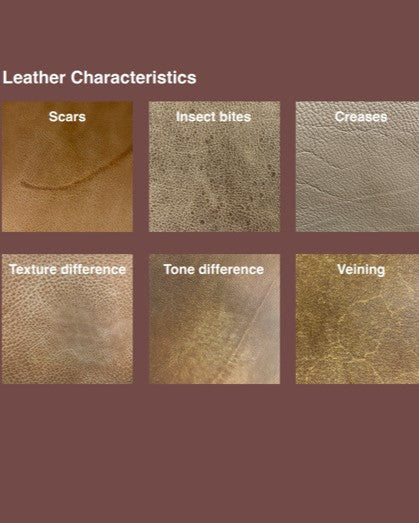
FILLINGS
Fabric seat cushions which are covered on both faces should be turned regularly to maximise the life of the fabric.
Fibre, feather and down seat cushions should be shaken and plumped every day.
Scatter Cushions: All scatter cushions should be plumped and turned (where possible) on a regular basis. Care should be taken with chenille scatters to avoid snagging, for example, when wearing jewellery or items with studs and zips due to the delicate nature of the chenille fabric.
FILLINGS
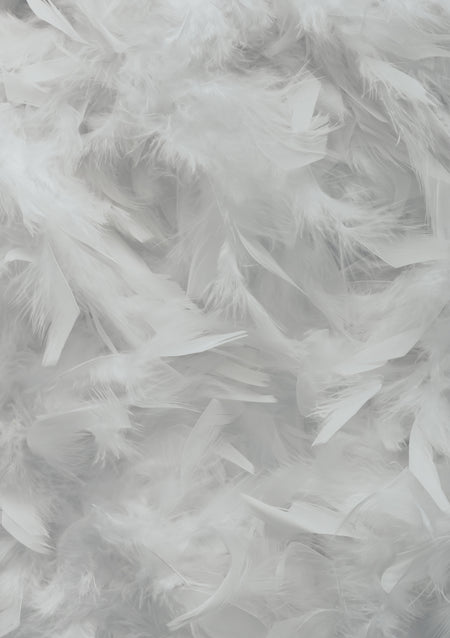
Download the Guide here!
Print, save and read at a later date to keep your sofa looking its best
